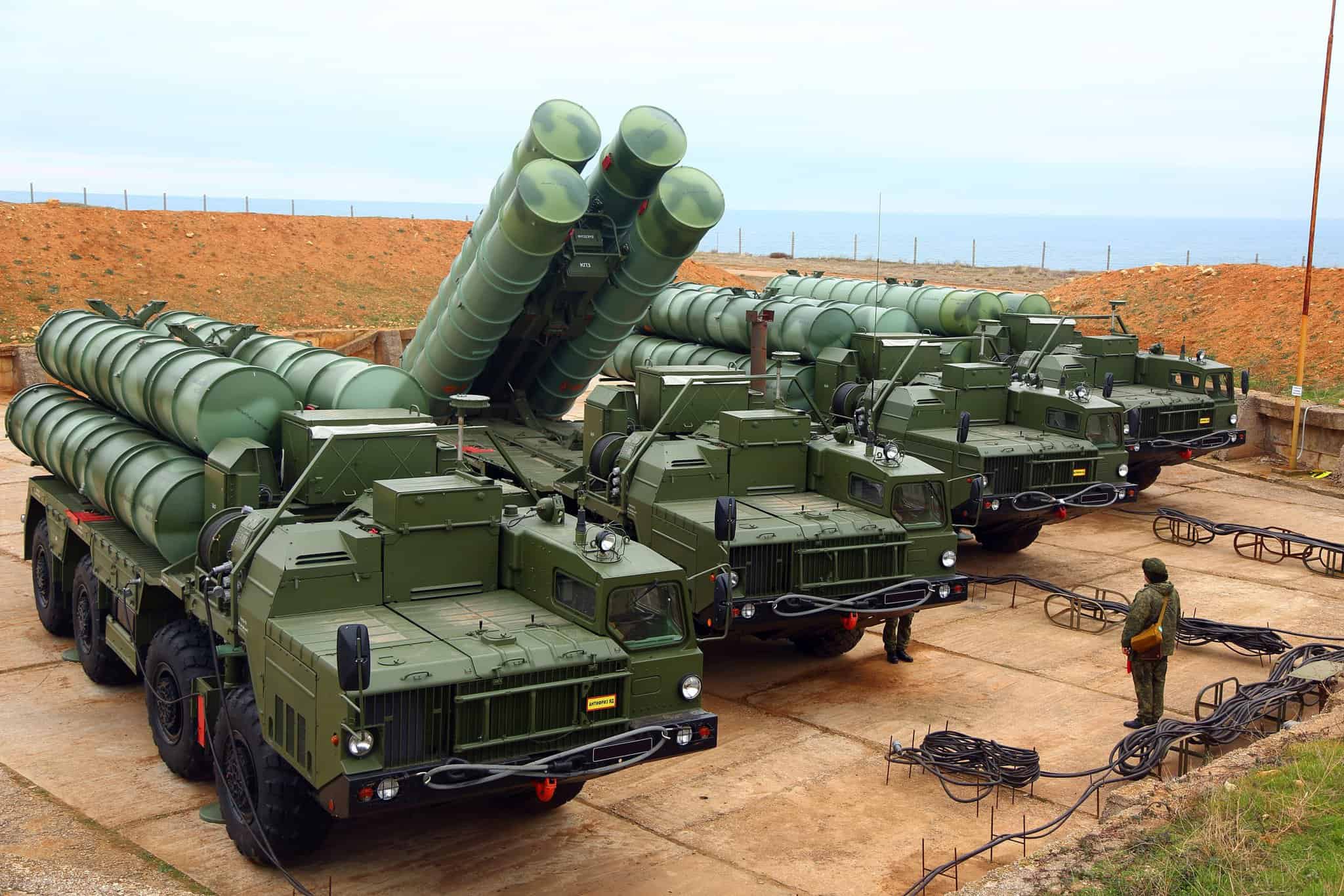- Turkey is shifting its defense strategy by seeking F-35 fighter jets instead of U.S. upgrades for older F-16s.
- The F-35 acquisition aims to transform Turkey’s air capabilities after past setbacks with the program.
- Defense Minister Yasar Guler leads cost-effective domestic upgrades for Turkey’s existing F-16 fleet.
- Turkey’s move towards the F-35 highlights its ambition for enhanced air superiority with advanced military technology.
- Regional dynamics show a demand for F-35s, as seen with Poland’s recent purchase, reflecting evolving security needs.
- The presence of S-400 systems complicates Turkey’s F-35 ambitions due to ongoing U.S. tensions.
- An empowered Turkish air force could stabilize areas within NATO and neighboring regions if diplomatic relations progress positively.
In a move that’s stirring waves in global defense circles, Turkey is boldly eyeing the coveted F-35 fighter jets while shunning U.S. upgrade kits for its aging F-16s. This strategic pivot is more than just a shift in procurement; it’s a declaration of Turkey’s intent to transform its air capabilities.
The Surprise Decision
After a rocky past with the F-35 program—sparked by Turkey’s acquisition of Russian S-400 missile systems and subsequent U.S. sanctions—the nation is taking steps to smooth tensions and potentially acquire 40 new F-35 jets.
Insights into Turkey’s Defense Strategy
Led by Defense Minister Yasar Guler, Turkey opts for domestic upgrades on its existing F-16 fleet through Turkish Aerospace Industries. This cost-cutting move not only underscores Turkey’s resolve for self-reliance but also ensures its fleet of over 200 jets stays battle-ready. These enhancements are crucial as most are older models.
The F-35: Elevating Air Superiority
Turkey’s pursuit of the sophisticated F-35 heralds a new era. With unmatched stealth, cutting-edge sensors, and advanced avionics, these jets promise to fortify Turkey’s defense prowess significantly.
Regional Market Dynamics
Notably, Turkey isn’t alone in its pursuit. Poland’s acquisition of 32 F-35s for $4.6 billion highlights a growing European appetite for these high-tech aircraft, driven by evolving security needs.
Negotiating Complexities
The lingering presence of the S-400 systems remains a thorny issue with the U.S., complicating Turkey’s ambitions. This stalemate illustrates the intricate web of international defense relations.
The Future of Regional Security
As Turkey charts this course, the implications for NATO and neighboring regions are substantial. An empowered Turkish air force could act as a key stabilizer in volatile zones, provided diplomatic ties remain constructive.
Turkey’s Bold Aerospace Move: How F-35 Ambitions Could Reshape Regional Security
1. What are Turkey’s alternatives to the U.S. F-16 upgrade kits, and how do they compare?
Turkey has strategically chosen to rely on Turkish Aerospace Industries (TAI) for domestic upgrades of its F-16 fleet. This decision is driven by cost-effective self-reliance and reducing dependency on foreign systems. The in-house upgrades focus on avionics, radar systems, and electronic warfare capabilities, which maintain the operational readiness of over 200 jets. While these enhancements might not match the cutting-edge technologies offered by U.S. upgrades, they do provide a viable platform for maintaining aerial superiority and balancing economic constraints. This approach also bolsters Turkey’s aerospace industry, facilitating further innovation and independence.
2. How does Turkey’s pursuit of the F-35 impact its standing within NATO and its defense relationships?
Turkey’s pursuit of the F-35 fighter jets signals a renewed commitment to aligning with NATO’s defense standards by acquiring state-of-the-art military technology. However, this ambition is complicated by existing tensions due to Turkey’s procurement of the Russian S-400 missile defense system. Turkey’s reentry into the F-35 program would necessitate diplomatic negotiations and potentially a compromise on the S-400 systems to restore trust with the U.S. and other NATO members. If successful, Turkey could become a key player within NATO, enhancing the collective defense posture and maintaining regional stability through its advanced air capabilities.
3. What are the implications of Turkey’s defense strategy for the regional market and potential collaborations?
Turkey’s decision to focus on domestic solutions while pursuing F-35s opens pathways for regional defense collaborations, especially with countries similarly interested in cutting-edge technology. This strategy positions Turkey as both a competitor and a potential collaborator within the aerospace sector, offering opportunities to partner with neighboring countries for joint development projects or systems integration. Poland’s acquisition of F-35s demonstrates regional trends towards sophisticated military advancements. Turkey could leverage this market appetite, forming strategic alliances that emphasize shared security objectives, possibly including technology sharing or co-development initiatives with European nations.
For more insights into defense and aerospace innovations, explore Lockheed Martin and Turkish Aerospace Industries.


















